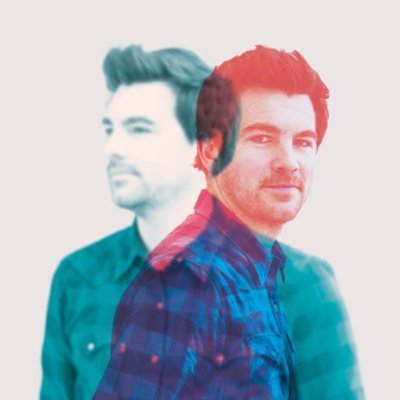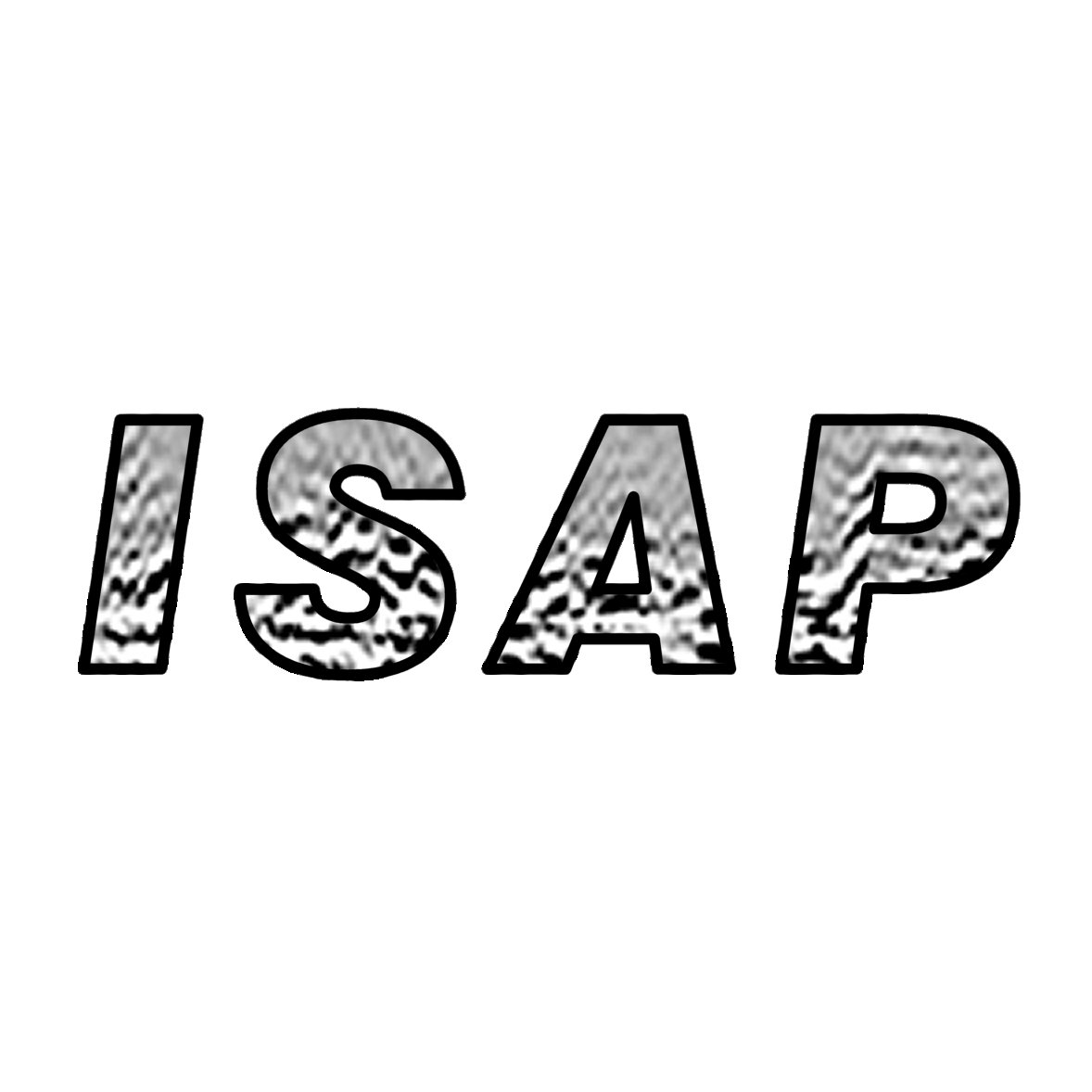
Jan Trachet
@JanTrachet
Followers
334
Following
683
Media
208
Statuses
456
Archaeologist // Medieval Bruges~Zwin~Survey~Cartography~harbours~Pourbus @ArcheoUgent // Science communication & education // Likes hikes, bikes & hammocks
Ghent, Belgium
Joined September 2015
🌍🔎 Doe mee aan Mapathon 1571! Help een unieke 16de-eeuwse kaart van het Brugse Vrije digitaal verbinden met het huidige landschap. 📅 14 & 15 maart 2025 📍 Stadsarchief Brugge ➡️ Info & Inschrijven: https://t.co/UMcdJWcSnQ 🦋Volg verder op #BlueSky @jtrachet.bsky.social
0
0
0
What's happening? After 10 years on Twitter, I'm making the move to #BlueSky ! Follow me there @jtrachet.bsky.social #ByeTwitter #HelloBlueSky
0
0
1
Luistertip voor propere mensen!
De opgraving een groot privaat badhuis in Pompeji gaat de wereld rond. Maar wist je dat er in België nog veel grotere Romeinse privébaden zijn gevonden? Leer alles over de badgeschiedenis van België in mijn nieuwe podcast https://t.co/mCPVDO2qKZ
0
0
0
🎉 Big news! We just announced #ICAP2025 keynote speakers! 🎉 Reminder: Abstract deadline is this Friday, 20 Dec. Published in ArcheoSciences! Submit now: https://t.co/eBmUa57mtD
#Archaeology #CFP #NonInvasiveArchaeology #ISAP #ArchaeologicalProspection #Conference
0
0
0
📸Live from @StadBrugge City Archive: Together with @vioe, @MuseaBrugge & @artinflanders we are making a new HR photographs of Pieter Claeissens' painted copy-#map of the Liberty of #Bruges (1601). 🗺️3000km² of late #medieval #landscape soon at your disposal, in full detail!
0
1
6
🔍 At a broader level, this paper highlights the delicate balance between human activity, livestock, and coastal environments. It contributes to the understanding of how such #taskscapes were integrated into regional land use and shaped the historical landscape we observe today.
0
0
1
🗺️For Map Historians, this case-study validated the topographical accuracy of Pieter Pourbus’ painted map. Not only is it designed with advanced methods ( https://t.co/sFFRuXZgtL), also its topographic content is a treasure throve of undiscovered archaeological sites. (7/8)
1
0
1
🌊 Environmental historians will find a compelling case study of how the advancing embankments and land reclamation efforts gradually reduced the tidal landscapes, marginalised the sheep-related taskscape & pushed the socio-economic decline of local sheep-husbandry. (6/8)
1
0
1
🐏From a landscape historical perspective, one key insight is the recurrent tripartite spatial organization that governed animal husbandry in the coastal plain, consisting of: 1⃣ Parent farms 2⃣Droveways 3⃣ Satellite dwelling mounds (5/8)
1
0
1
🏺 Crucial takeaways for archaeological #survey are: 1⃣The reconfirmation ( https://t.co/8UHXBlZivH) that surface artefact clusters provide valuable intra-site information. 2⃣The insight that artefact clusters can also contribute to the functional interpretation of a site. (4/8)
1
0
1
⚙️The interdisciplinary approach used in this study combines: surface ceramics, historical maps, aerial photos, LiDAR, geophysical surveys & coring to uncover the remnants of a sheep mound. Evidence ranges from microtopographic changes to artefact clusters of milk bowls. (3/8)
1
0
1
🌍 Located in the Belgian coastal plain, the ‘Scaperie’ site offers a fascinating window into late #medieval land use & animal husbandry, revealed through a 16th-C. painted map. What can this site tell us about human-environment interactions along the North Sea coast? (2/8)
1
0
1
📢For those interested in #RuralHistory, #EnvironmentalHistory, #LandscapeArchaeology, #ArchaeologicalSurvey & #MapHistory, our new paper “Marginal Mounds and Maritime Shepherding” @JnlWetlandArch covers all those topics. 👉Check it out https://t.co/4s28tWyxuJ 🧵below (1/8)
tandfonline.com
The ‘Scaperie’ site in Knokke-Heist (Belgium), identified through a topographic analysis of a sixteenth-century map and located in a maritime sedimentary environment, serves as the focal point for ...
1
2
2
Finally, the #animation produced by #SeeYouBaby for the #exhibition 'Pieter Pourbus - Master of Maps' @MuseaBrugge (Dutch with French/English subs), in which Pourbus' survey method is explained for a broader audience, is now available on https://t.co/SgtPYGWz4e (7/7)
0
0
2
Read more in "Illuminating Sixteenth-century Measuring Methods and Map Design: New Findings from Pieter Pourbus’ Chorographic Maps" published #OpenAccess in the #Cartographic Journal: https://t.co/sFFRuXZOjj This #postdoc research is funded by BOF @ugent & @FWOVlaanderen. (6/7)
tandfonline.com
Pieter Pourbus was a mid-sixteenth-century artist and mapmaker who crafted large-scale chorographic maps in the coastal area around Bruges (Flanders, The Low Countries). The topographic and planime...
1
0
1
Traces in the underdrawings of his other maps, such as squaring grids, pounced dots, and map inserts, show how Pourbus compiled and copied maps with remarkable accuracy. These insights shed light on the technical expertise behind 16th C. cartographic practices & map design. (5/7)
1
0
1
These traces for the first time provide solid evidence that triangulation was indeed used in the 16th century to make #chorographic maps. Moreover, Pourbus' methodology proofs to be a meticulous application of Gemma Frisius' theories and manual, first published in 1533. (4/7)
1
0
1
Pourbus' maps have long intrigued researchers. Their topographic and planimetric accuracy led some to assume he used #triangulation methods. However, the use of such techniques to make large-scale maps is generally thought to have begun only in the 17th century ... (2/7)
1
0
1
Finally out: new research on Pieter #Pourbus, a mid-16th-century artist and mapmaker, who produced highly accurate maps of the coastal area around Bruges (Belgium). How did he achieve such a precision? Find out in this 🧵or in the 📰👇 #MapHistory #cartography (1/7)
2
2
10



